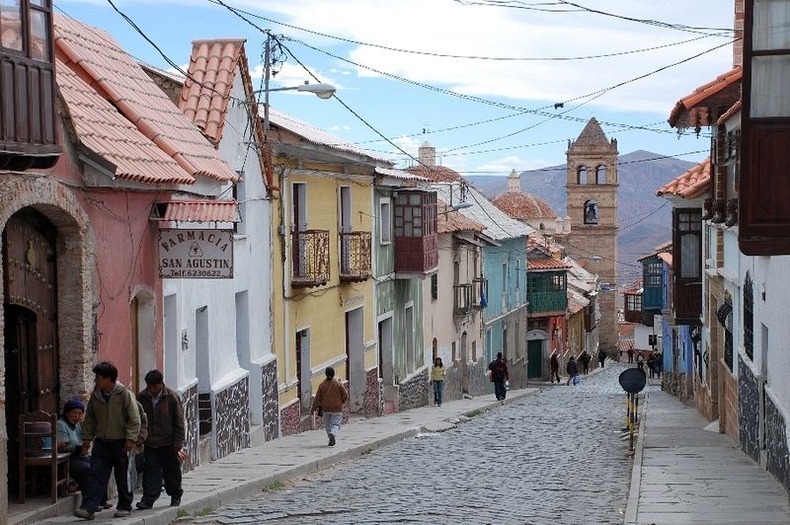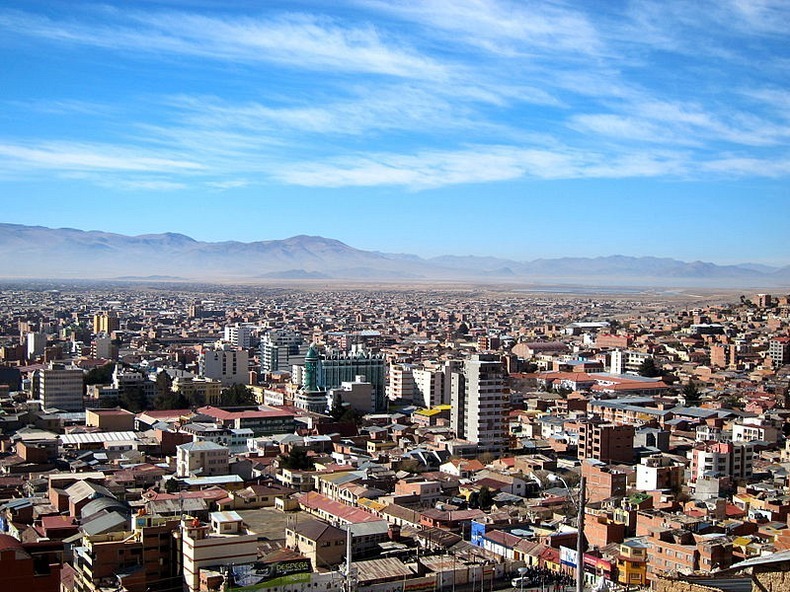Even in inhospitable, high mountains where life supporting oxygen is low, humans have been living for millennia.
Over 50,000 people live in this mountainous city at an altitude of 16,732 feet (5,100 m).
It lays claim to the title of highest city in the world.
Despite having an economy fueled almost entirely by the nearby gold mine, the towns infrastructure remains poor.
They work through a peculiar system of payment called Cachorreo.
Whatever the miners are able to extract from that ore is theirs.
Despite the companies utilizing such a non-traditional system of payment, miners continue to flock to the region.
The population of La Rinconada has skyrocketed over 230% in the last decade.
In 1925 the airfield was built as base for the new air force which attracted additional settlement.
In 1939 El Alto’s first elementary school opened.
Before that all water had to be transported from La Paz in tanker vehicles.
It is from Potosi, that most of the silver shipped through the Spanish Main came.
Due to such extensive mining, the mountain itself has diminished in height by a few hundred meters.
After 1800, the silver mines were depleted, making tin the main product.
This eventually led to a slow economic decline.
Nevertheless, the mountain continues to be mined for silver to this day.
With a population of 100,000, it is one of the larger cities of Tibet.
Juliaca
Juliaca is San Roman’s capital city in the Puno Region, of southeastern Peru.
It is the largest trade center in the Puno region.
After the silver mines exhausted, Oruro was reestablished in the late nineteenth century as a tin mining center.
For a time, Oruros La Salvadora tin mine was the most important source of tin in the world.
Lhasa is the second most populous city on the Tibetan Plateau having a population of over 550,000.
A satellite image shows the mountainous terrain surrounding Lhasa.Photo credit
The famous Potala Palace.Photo credit



















